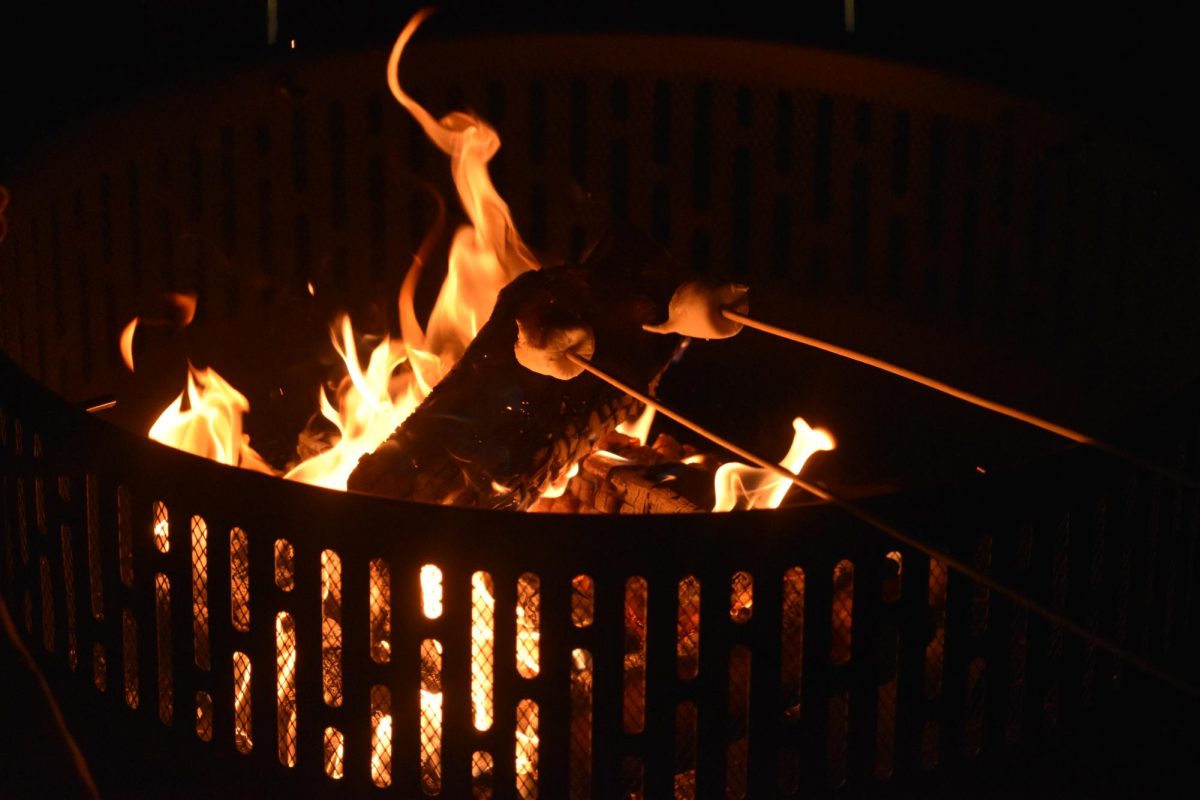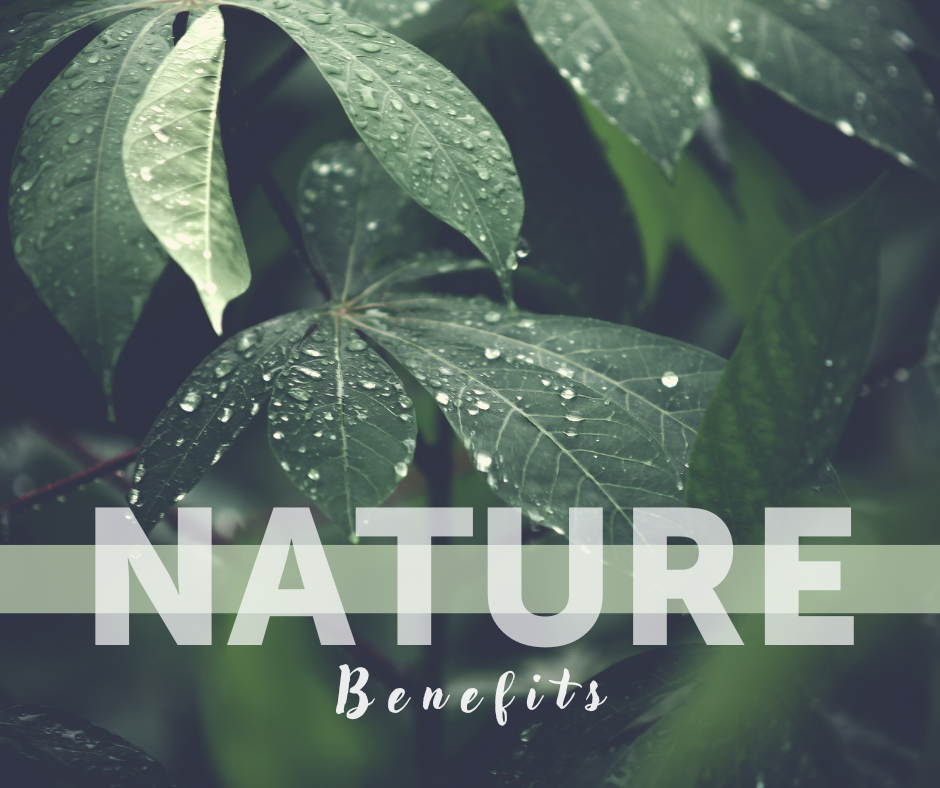There is nothing like the great outdoors! Everything, even pesky pests, have a purpose in nature. No matter how terrifying their 60 legs may seem, they have a part to play in the great circle of life. Not only is nature beneficial to itself, but it provides a great deal of advantages to humans as well (with the exception of the most important advantage: oxygen).
Research from the U.S. Department of Agriculture suggests that people who live near green spaces are more physically active and less mentally stressed. They’re also found to live longer. A study in Denmark found that children living in green spaces had a decreased risk of developing mental disorders later on in their lives.
Mental health conditions can negatively affect all aspects of a person’s life, especially one’s relationships with their family and friends.
Journalist and author Richard Louv wrote the best-selling book, “Last Child in the Woods” arguing that children were spending too little time in nature causing them to have nature deficit disorder, which is the belief that people spend less time in nature now than ever before. Louv contended that the disorder led to higher levels of stress and anxiety, and higher rates of obesity and ADHD.
According to Heinz award winner and professor at the University of Illinois at Urbana-Champaign, Ming Kuo, “Nature improves children’s psychological and physical well-being, for sure—and that can impact learning. But it also seems to affect how they attend to and engage in the classroom, how much they can concentrate, and how well they get along with teachers and peers.”
Nature should not only be seen as a beneficial tool to enhance performance, but also for its beauty and how it affects others. Oftentimes, people listen to nature sounds such as rain falling during a storm or fire crackling; this can ease pain and cause a sense of serenity.
According to UC Davis Health, nature helps reduce stress, anxiety, and feelings of anger, as well as increase levels of concentration and reduce the risk of depression.
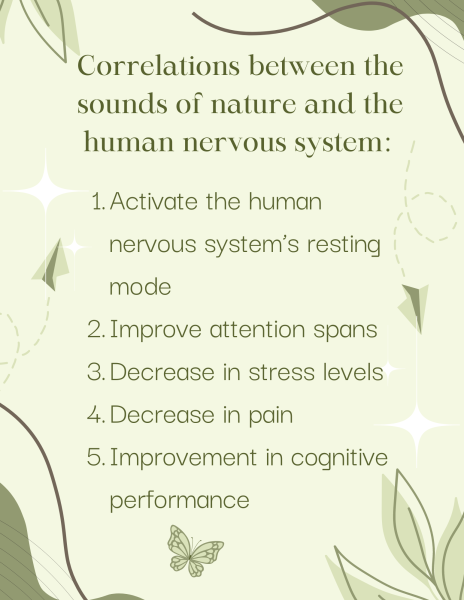
Students in high school typically spend about six or seven hours in school. Taking the average amount of daylight in Ashburn into consideration, which is approximately 13 hours, leaves students between six and seven hours of spare time to enjoy nature. As amazing as it seems, schoolwork isn’t going to do itself, therefore, teenagers have no time to take a break and simply unwind with nature.
With the stress of exams and testing, a break has never been more needed for students. Even a small stroll outside helps calm the mind and refresh: take a walk in a local park, hang out with friends, and find time for yourself alone. Not only will it reset the mindset, but it will allow students to start fresh with a refreshed mindset.


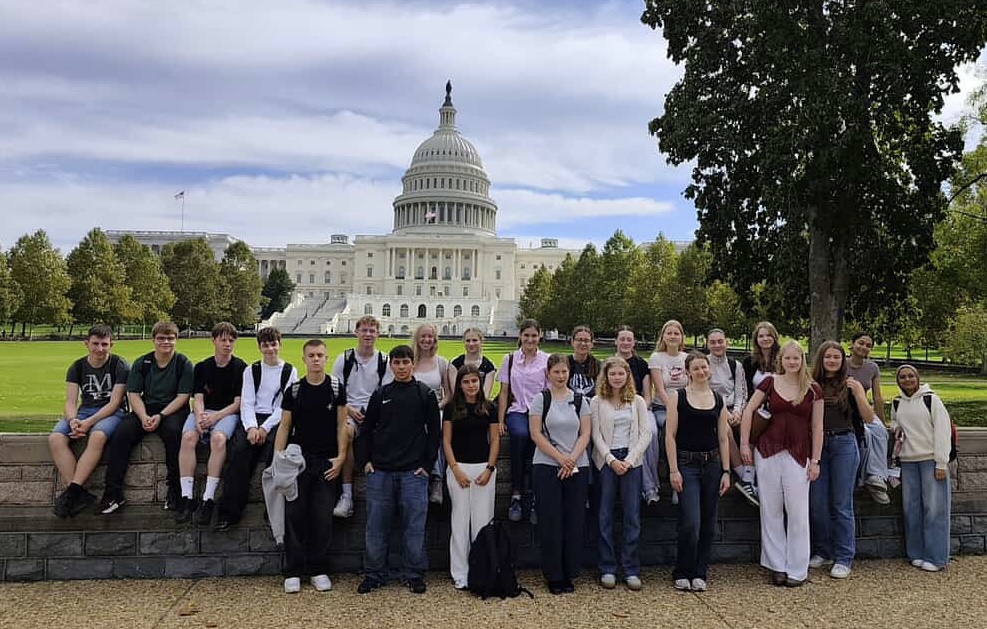

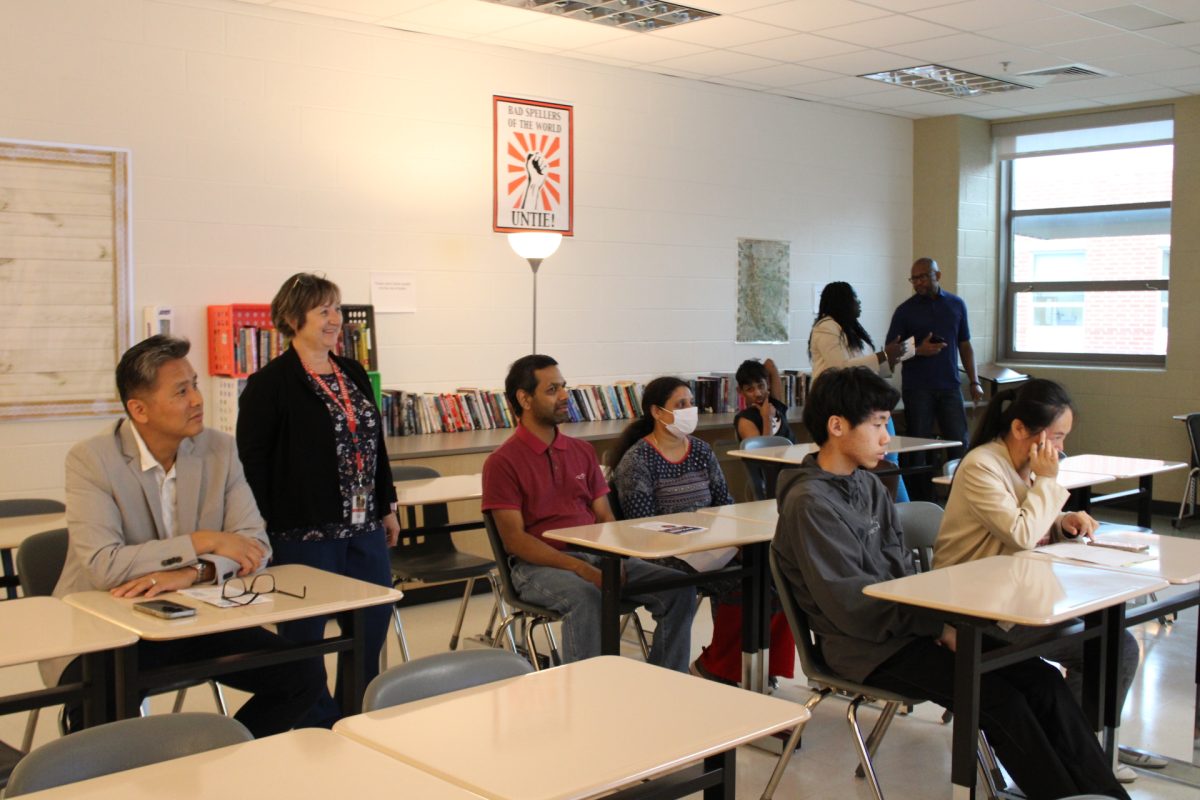





















![The Phoenix varsity volleyball team lines up for the national anthem. “We were more communicative [with each other] during this game, and I feel like we kept our energy up, especially after the first set,” senior Jessica Valdov said.](https://theblazerrhs.com/wp-content/uploads/2024/10/DSC_0202-1200x800.jpg)










![Junior Alex Alkhal pitches the ball. “[I] just let it go and keep practicing so we can focus on our goal for the next game to get better as a team,” Alkhal said.](https://theblazerrhs.com/wp-content/uploads/2025/05/DSC_0013-1-1200x929.jpg)
















